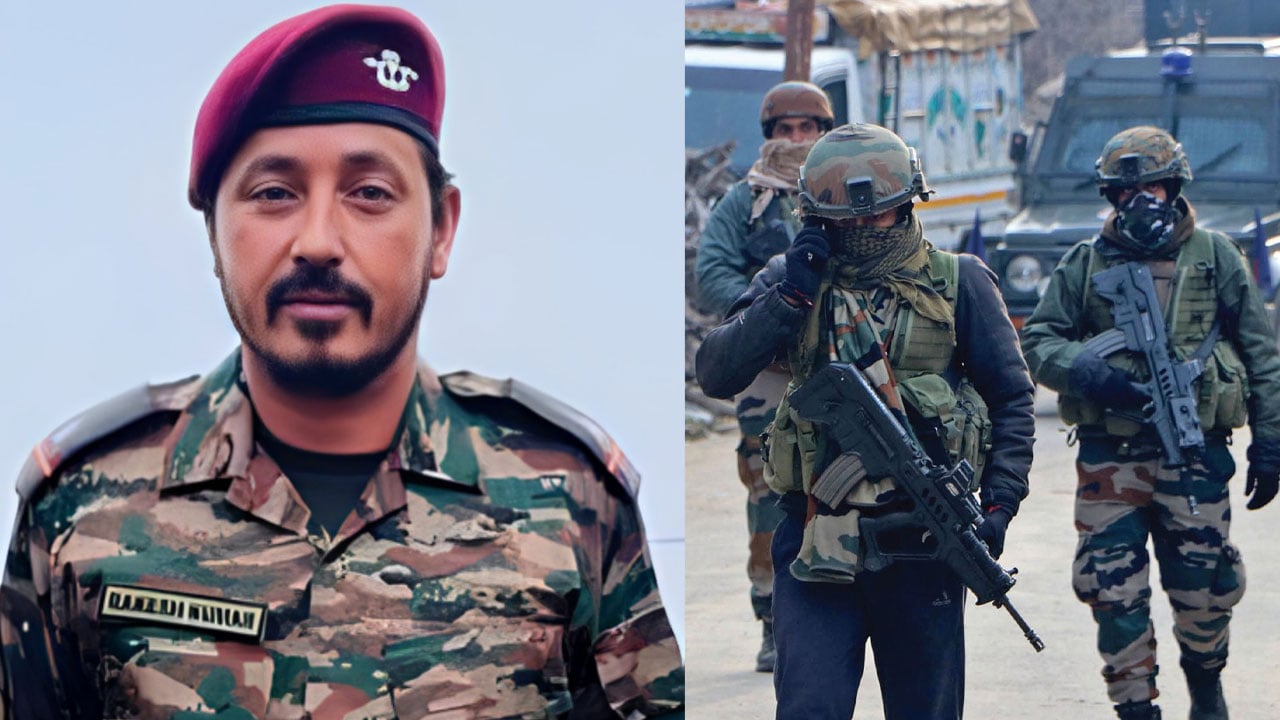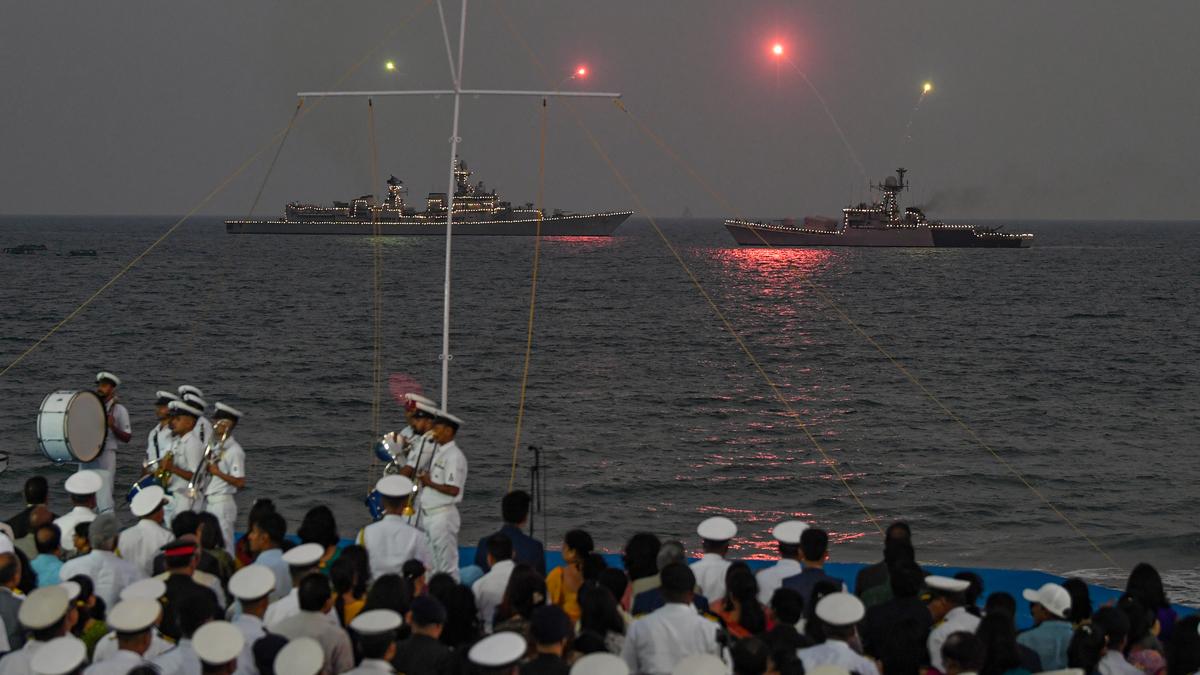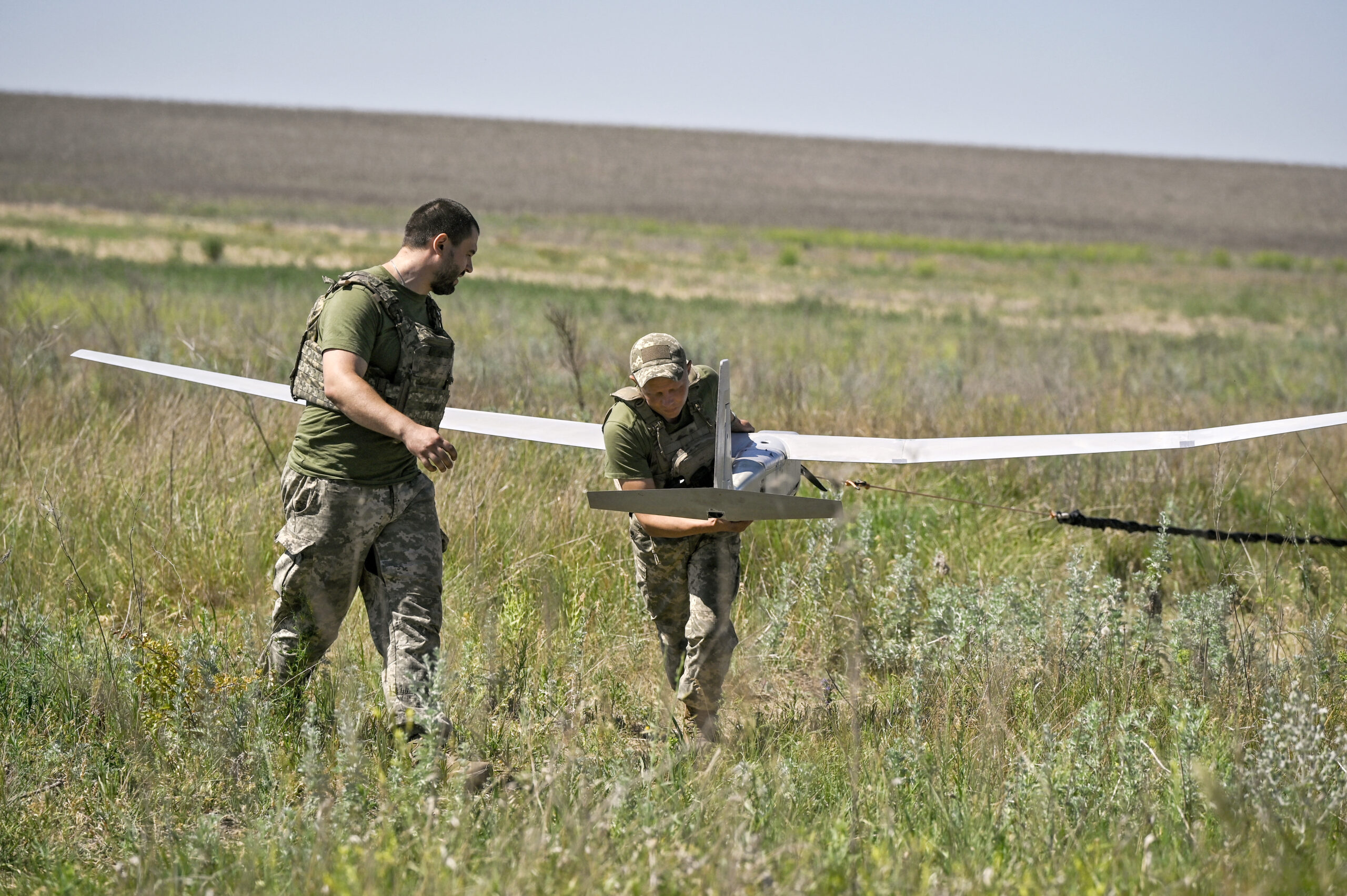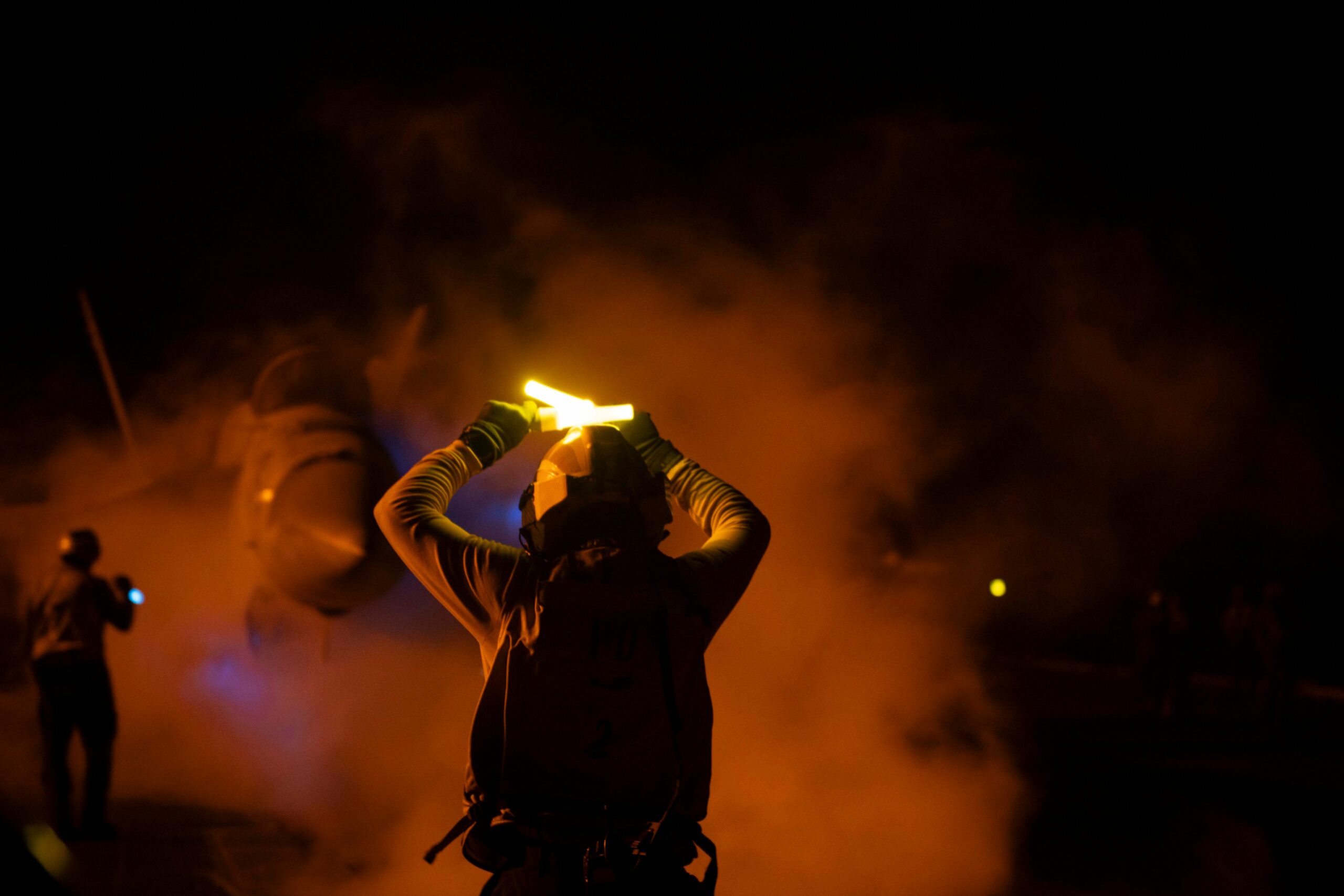Army JCO Killed, Three Soldiers Injured in Gunfight with Terrorists in Kishtwar, J&K
In a tragic turn of events, a Junior Commissioned Officer (JCO) from the Army's special forces lost his life during…
India Lost Nb Sub Rakesh Kumar of 2 Para SF in Kashmir
India lost one of its bravest warriors, Nb Sub Rakesh Kumar of 2 Para (Special Forces), who made the ultimate…
Indian Navy to Showcase Maritime Strength at Navy Day Operational Demo in Puri, Odisha
The Eastern Naval Command (ENC) has announced that this year's annual Operational Demonstration, a key highlight of the Navy Day…
Indian Submarine INS Vela Arrives in Sri Lanka for Three-Day Visit
The Indian submarine INS Vela made its arrival in Colombo, Sri Lanka, on Sunday as part of a scheduled three-day…
Russia Destroys 34 Ukrainian Drones in Major Attack on Moscow
In a significant escalation of hostilities, Russia's defense ministry reported that it intercepted and downed 34 Ukrainian drones that were…
US Warplanes Target Houthi Weapons Storage in Yemen Amid Ongoing Maritime Threats
US warplanes conducted a series of airstrikes on Saturday night targeting advanced weapons storage facilities operated by Houthi rebels in…





